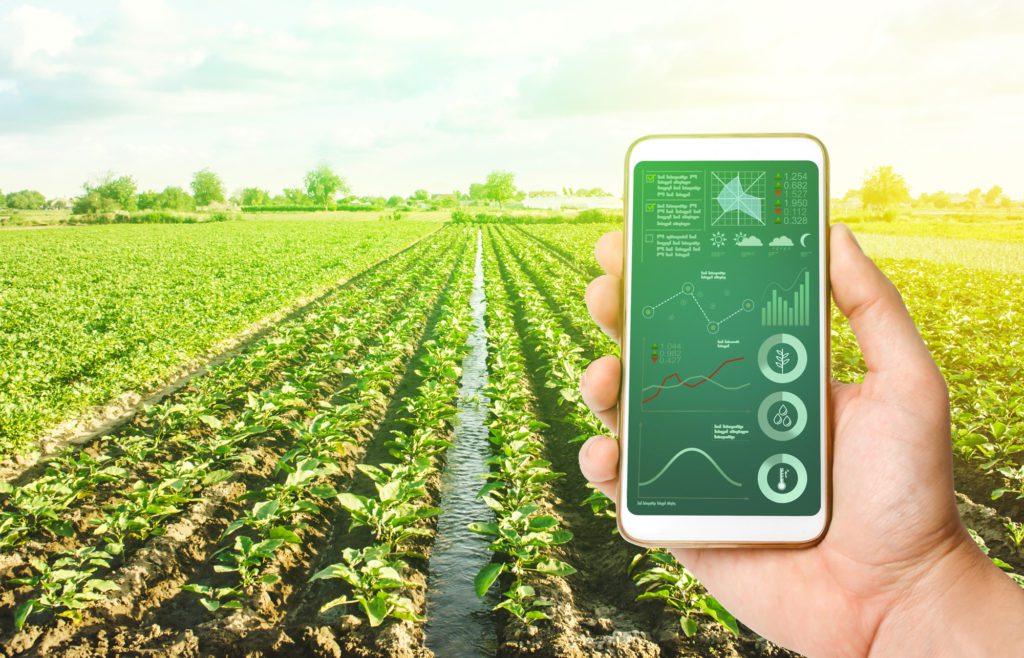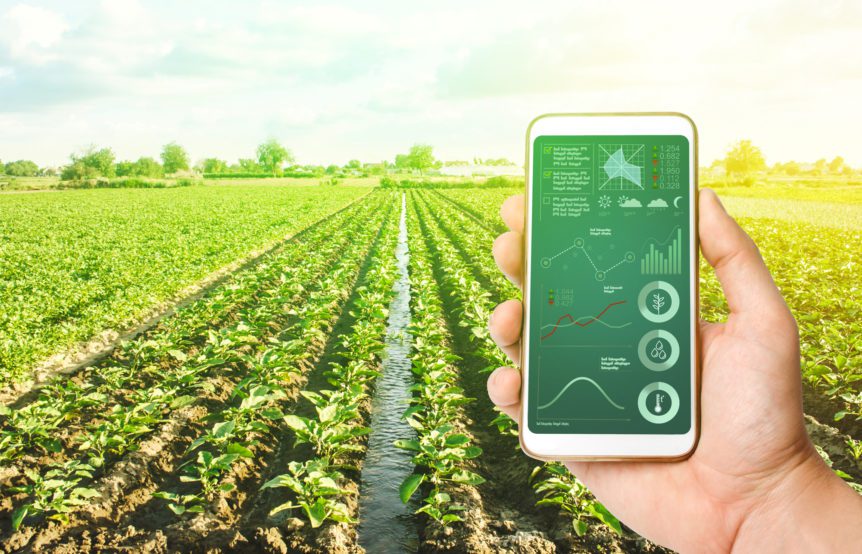
DepositPhotos image
Agriculture is in the spotlight as a component of addressing climate change, with recognition of
its potential to provide solutions beyond reducing greenhouse gas emissions. Speaking at a
New York Climate Week session hosted by FoodTank, John Piotti, CEO of American Farmland
Trust (AFT), presented a systems-based approach to agricultural climate solutions, focusing on
regenerative practices, farmland preservation, and farmer support. According to Piotti, these
three elements—practices, land, and people—are interconnected for agriculture to contribute to
climate mitigation efforts.
“Agriculture could bring farming to a place of carbon neutrality and be a carbon sink to offset
emissions from other sectors,” he said. “For the first time, policymakers and members of the
public realized the power of agriculture not just to grow food but to provide ecological services
needed to heal the planet.”
Regenerative Agriculture as a Climate Tool
Piotti said regenerative agriculture is one part of the solution to climate change. In 2018, the
Intergovernmental Panel on Climate Change (IPCC) identified regenerative agricultural
practices as a means of sequestering atmospheric carbon. These practices improve soil health,
which can capture and store carbon dioxide.
Regenerative agriculture is based on historical practices, such as those used by indigenous
communities, but its modern application has gained momentum in the last 40 years.
Organizations like AFT, policymakers, and academics have contributed to the revival of these
methods. Regenerative farming includes techniques such as cover cropping, reduced tillage,
and integrated livestock management. These practices increase organic matter in the soil,
improving its ability to retain carbon, enhance water retention, support biodiversity, and reduce
erosion.
Piotti explained that, while regenerative practices are seen as a solution, they are one part of a
larger system. Without enough farmland to implement these practices, their impact on climate
mitigation is limited.
Farmland Preservation and Climate Impact
Farmland loss is another issue Piotti highlighted. The U.S. loses approximately 2,000 acres of
farmland each day, which Piotti sees as a threat to both food security and the ability to address
climate change through agriculture.
“At present, we lose about 2,000 acres a day… the loss of farmland means more than you may
think,” he said. “With every acre you lose, you lose the potential of that acre to be used for
regenerative practices.”
He said farmland loss reduces the land available for regenerative practices and increases the
likelihood that remaining farmland will be farmed intensively using industrialized methods.
AFT has advocated for farmland protection policies since its founding, working to prevent the
conversion of agricultural land to non-agricultural uses. He said while farmland loss has slowed
over the past several decades, Piotti emphasizes that the issue remains. The 2022 Inflation
Reduction Act (IRA), which allocated $20 billion to agricultural conservation programs, represents a step forward in addressing the issue. Piotti notes Congress recognized the role of agricultural conservation practices in mitigating climate change.
Piotti said farmland preservation is crucial for multiple reasons. Besides enabling regenerative
practices, protecting farmland from development helps maintain the land’s ability to provide
other ecological services, such as carbon sequestration, water filtration, and wildlife habitat.
Piotti explained that farmland loss can lead to more intensive farming practices, potentially
degrading the environmental benefits of farming the land that remains.
Conservation easements, which permanently protect land for agricultural use, are one tool for
addressing the cost of farmland and ensuring that it remains available for farming. These
easements make farmland more affordable for new farmers and preserve its potential for
regenerative practices.
The Role of Farmers in Climate Solutions
The third element in Piotti’s approach is the role of farmers. Regenerative agriculture depends
on land and farmers who are trained and committed to using sustainable practices. Piotti points
out that transitioning to regenerative methods can be costly for farmers, requiring training and
equipment. These barriers may deter farmers from adopting regenerative practices, particularly
in a profession already marked by financial challenges.
However, there is interest in farming among younger generations and mid-career professionals.
Piotti acknowledges that, while the U.S. farming population is aging, new entrants are often
open to adopting regenerative practices. The cost of land remains a barrier to entry for these
aspiring farmers, but farmland protection strategies, such as agricultural conservation
easements, can help lower the cost of farmland.
Research from AFT has shown that farmers on protected land are more likely to focus on soil
health. This is because they cannot sell the land for development and must rely on the land’s
productivity to support their operations. In this way, farmland preservation and regenerative
practices intersect, creating opportunities for farmers to adopt climate-friendly practices.
A Systems-Based Approach to Agriculture
Piotti emphasizes the importance of viewing agriculture as a system where practices, land, and
farmers are interdependent. Regenerative practices alone are not enough; they require
farmland and skilled farmers to implement them. The loss of farmland reduces the potential for
regenerative practices, while challenges facing farmers may hinder the adoption of these
methods. These factors, if left unaddressed, could create a feedback loop, where the pressures
of land loss and financial challenges lead to unsustainable farming practices.
However, Piotti also outlines a feedback loop, where farmland preservation, farmer support, and
regenerative practices work together to create environmental benefits. He says by protecting
farmland, making it affordable, and supporting farmers in adopting sustainable practices,
agriculture can contribute to climate change mitigation.

Sabrina Halvorson
National Correspondent / AgNet Media, Inc.
Sabrina Halvorson is an award-winning journalist, broadcaster, and public speaker who specializes in agriculture. She primarily reports on legislative issues and hosts The AgNet News Hour. She was recently named the 2024 Farm Broadcaster of the Year by the National Association of Farm Broadcasting and serves as a Council Member on the World Agriculture Forum. Sabrina is a native of California’s agriculture-rich Central Valley and now divides her time between California and North Dakota.










